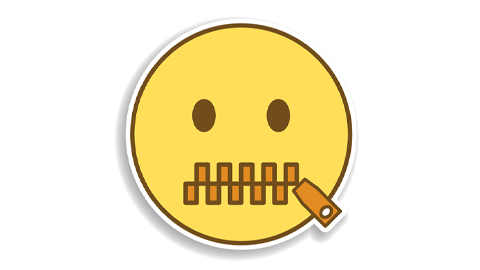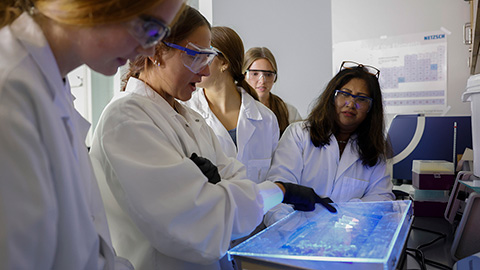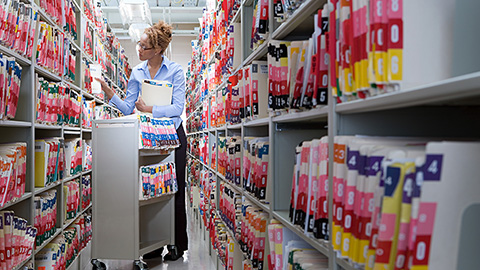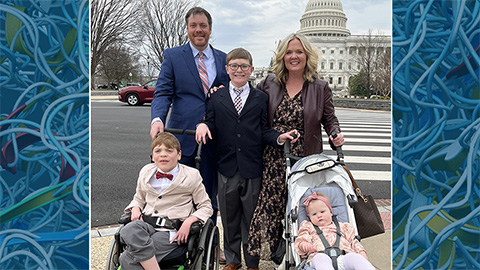
‘One word or less’
Julius Marmur had a reputation for being a bit brusque. When I joined the biochemistry department at the Albert Einstein College of Medicine, the renowned DNA biochemist became my senior colleague. I recall seeing him in his office, puffing on cigars.

During a long-forgotten hallway or conference room encounter, Julius asked me a question. Caught off guard, I hesitated. He said to me, "Steinman, just answer my question in one word or less."
Over the years, that phrase, “one word or less," stuck with me. For a long time, I thought of it as a joke: Less than one word is no words, and you can't answer a question without words. However, I've recently come to see it through a Marmur-ian lens: If you can't answer succinctly, then don't bother to reply.
Yes, communication is great. But sometimes, it's prudent to say less than one word and wait until you're on track and able to give a meaningful answer.
Enjoy reading ASBMB Today?
Become a member to receive the print edition four times a year and the digital edition monthly.
Learn moreGet the latest from ASBMB Today
Enter your email address, and we’ll send you a weekly email with recent articles, interviews and more.
Latest in Opinions
Opinions highlights or most popular articles

Debugging my code and teaching with ChatGPT
AI tools like ChatGPT have changed the way an assistant professor teaches and does research. But, he asserts that real growth still comes from struggle, and educators must help students use AI wisely — as scaffolds, not shortcuts.

AI in the lab: The power of smarter questions
An assistant professor discusses AI's evolution from a buzzword to a trusted research partner. It helps streamline reviews, troubleshoot code, save time and spark ideas, but its success relies on combining AI with expertise and critical thinking.

How AlphaFold transformed my classroom into a research lab
A high school science teacher reflects on how AI-integrated technologies help her students ponder realistic research questions with hands-on learning.

Writing with AI turns chaos into clarity
Associate professor shares how generative AI, used as a creative whiteboard, helps scientists refine ideas, structure complexity and sharpen clarity — transforming the messy process of discovery into compelling science writing.

Teaching AI to listen
A computational medicine graduate student reflects on building natural language processing tools that extract meaning from messy clinical notes — transforming how we identify genetic risk while redefining what it means to listen in science.

What’s in a diagnosis?
When Jessica Foglio’s son Ben was first diagnosed with cerebral palsy, the label didn’t feel right. Whole exome sequencing revealed a rare disorder called Salla disease. Now Jessica is building community and driving research for answers.

